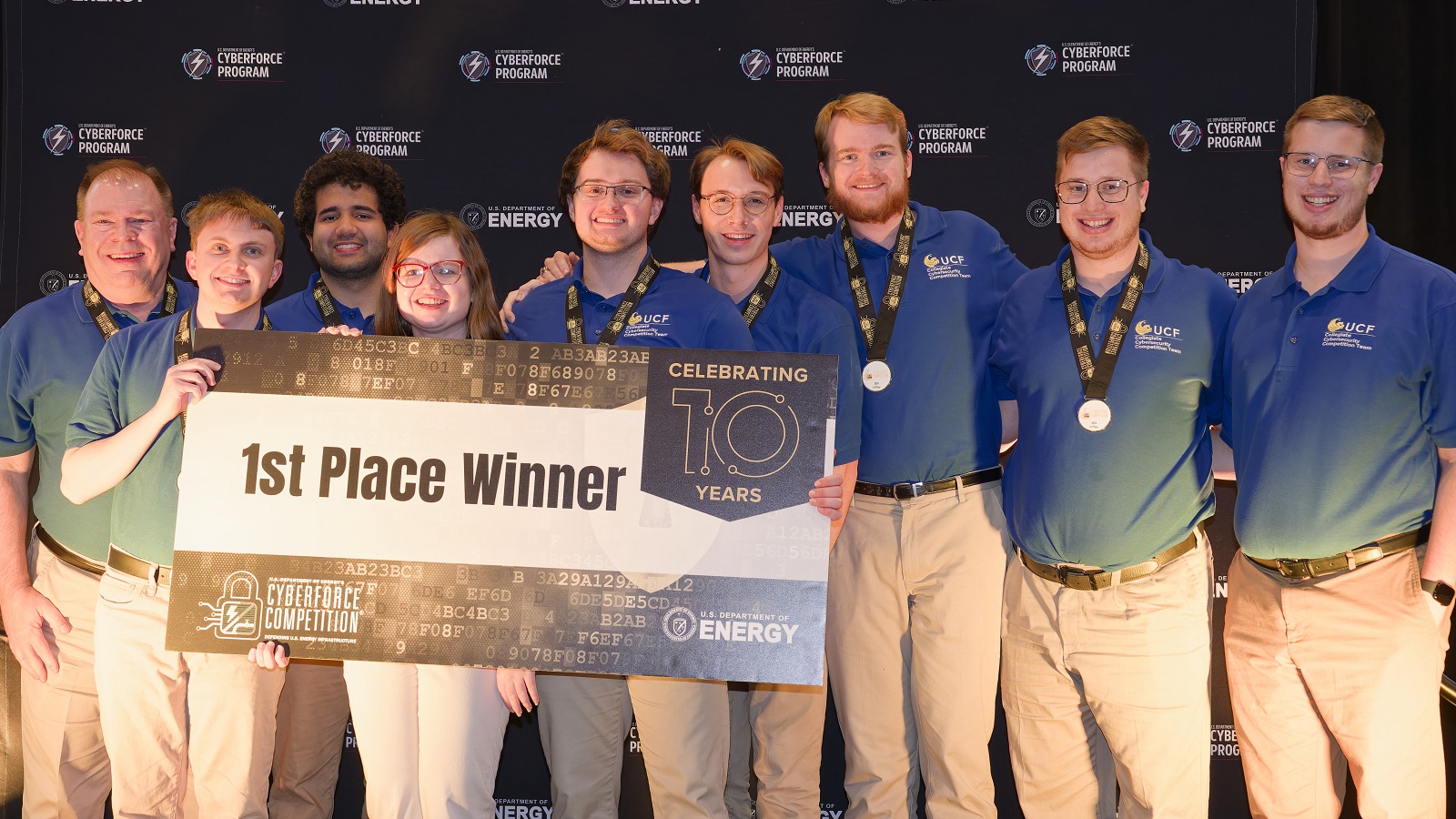The 6-meter (20-foot) diameter telescope, designed to operate at submillimeter to millimeter wavelengths, will be located at an elevation of 18,400 feet near the summit of Cerro Chajnantor in Chile’s Atacama Desert. The telescope project was formerly known as CCAT-prime.
“We’re really excited to begin all the infrastructure work in Chile to get ready for the telescope,” said Cornell University’s Jim Blair, the telescope’s project manager. The official groundbreaking was Nov. 27.
Dedicated in September to long-time project benefactor Fred Young, FYST will give scientists insight into the first stars born after the Big Bang, as well as how stars and galaxies form and the dark-energy-driven expansion of the universe.
The summit site will hold an operations trailer, weather station, instrument and electronics laboratory, and scientific instruments, plus a water vapor radiometer to characterize the atmosphere above the telescope. A special, fully oxygenated recovery room will also be built, which is required for extreme altitude work.
Working at extreme altitudes – greater than 18,000 feet – is akin to deep ocean work but in reverse, Blair said.
“Every 90 minutes you have to take a formal break and recover. Even wearing an oxygen mask, it’s very hard to do complex tasks at such high heights,” he said. “The telescope site is actually located at an elevation slightly higher than the basecamp for Mount Everest. As any airline pilot or elite mountain climber will tell you, failure to know, monitor and respect the effects of altitude is a clear recipe for a trip to the hospital.”
Despite a delay caused by the pandemic, with Chile shut down for more than five months, the road from the base of Cerro Chajnantor to its summit – being built by the Tokyo Atacama Observatory, which is also being located on Cerro Chajnantor – has just been completed, allowing for the CCAT project to now break ground and begin constructing the FYST summit site.
The site preparation work is being done by Chilean mining contractor Movitec S.A. Leveling activities along with digging the telescope’s foundation down to bedrock will take about 2 ½ months, with completion in early February 2021, depending on weather.
Concurrent with breaking ground, another Chilean company, Consorcio FVV Ingeniería y Construcción Limitada, began work on the telescope’s 500-metric-ton foundation. With no water available anywhere near Cerro Chajnantor, the foundation will be made in wedge-like segments of specially formulated concrete, poured at sea level and transported up the mountain for placement.
Once the segments arrive, the complex job of installing and cementing the pieces together will take four more months, currently scheduled for April to August of 2021. Putting in site power, fiber optic transmission lines, lightning protection and grounding systems and other summit infrastructure will follow.
The telescope itself, currently under construction in Germany, will arrive in mid- to late 2022, with first light anticipated in 2023.
The Fred Young Submillimeter Telescope is being built by Vertex Antennentechnik GmbH of Duisburg, Germany. The CCAT corporation is a partnership of Cornell; a German consortium of the University of Cologne, the University of Bonn and the Max Planck Institute for Astrophysics; and the Canadian Atacama Telescope Consortium, a partnership of Canadian academic institutions led by the University of Waterloo.
For additional information, see this Cornell Chronicle story.
-30-



